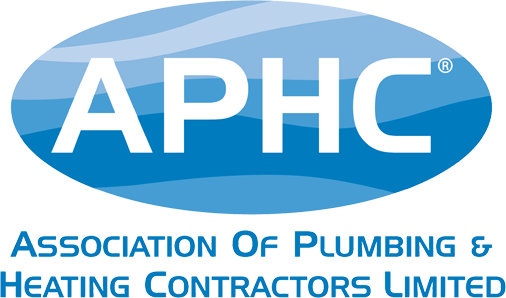While material demand increases seasonally in construction, this year the industry is facing a new hurdle after a sustained COVID-19 lockdown. In recent weeks, suppliers have been warning the industry that material availability, and consequently prices, are firmly on the up.
The increase in material costs follow in part from the ongoing battering of the global supply chain by coronavirus-related disruptions, with prices for timber, cement, insulation and others rising rapidly over the past few months.
Feeding into all this is a COVID-19 effect of another kind. After more than a year of lockdowns, people are doing up or extending their houses, creating further demand for building materials.
For the most part, rising material costs are out of your control. The only solution that tradespeople have at their disposal is to find smarter ways to manage materials.
It may sounds obvious, but plan ahead and do the research necessary in order to know which materials are in short supply.
Construction timber is deficient, for example. Not enough is being made to meet the world’s demand. Plumbing items including sanitaryware, shower enclosures, electrical products and appliances are now appearing on the list of difficult to source supplies. So check with suppliers on availability and lead times well in advance so projects don’t get delayed following commencement.
If the materials you need have excessively long lead times, you should check with your suppliers to see if there is an alternative option.
Try to order materials now if at all possible, rather than waiting until the last minute. There’s still a risk of a further shortage or price increase. If the supplier can’t supply items then you’ll have to go elsewhere but this process could cause delays as well.
With rising prices and availability issues come potential problems when quoting for works. If you’re facing supply problems or long lead times, then you may need to ensure that you make provision for this in any quotations. For instance, you should highlight that the supply or installation of certain components may be subject to a potential price increase. The other option here would be to provide an estimated cost for the works rather than a fixed price.
The material shortages and delays are going to be with us for the next few months, if not until the end of the year, but with a little planning you can avoid trouble later on and set yourself up to weather the storm.



